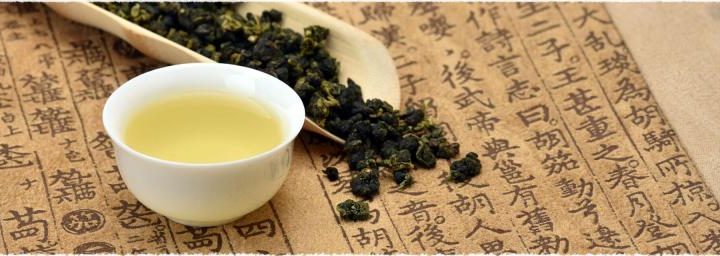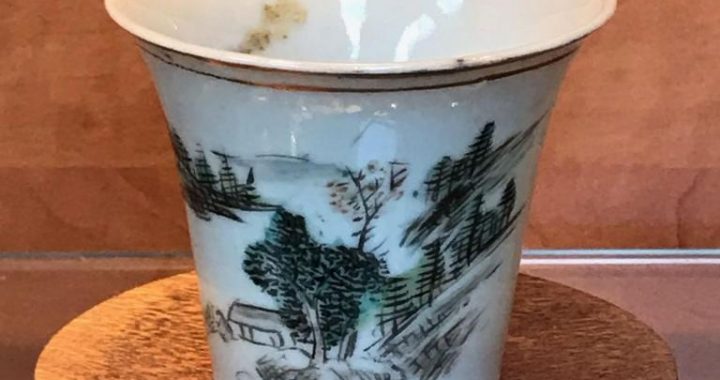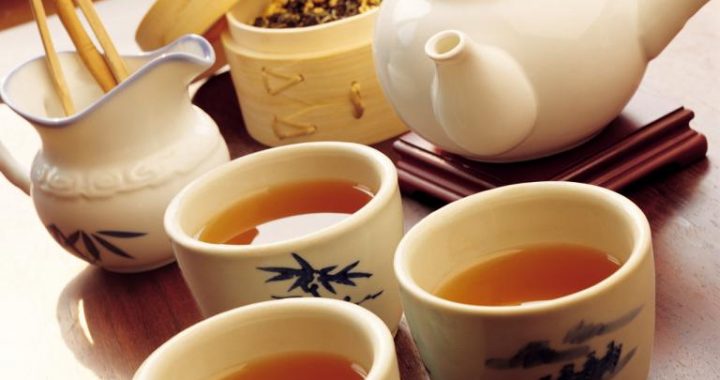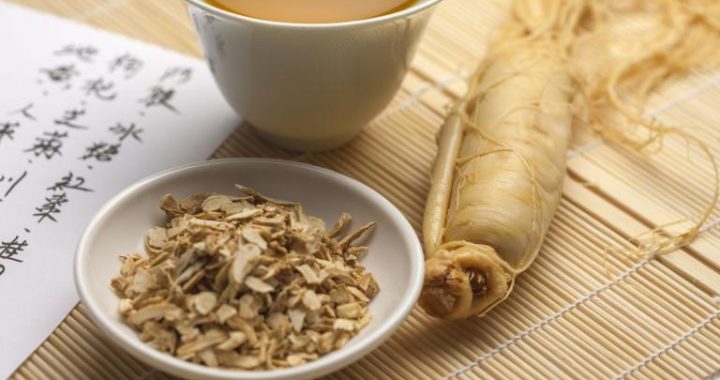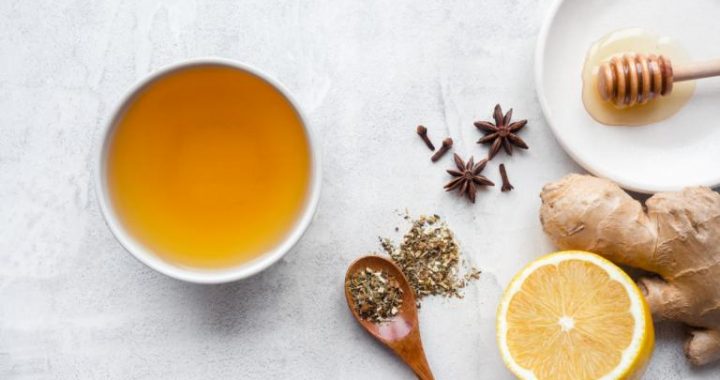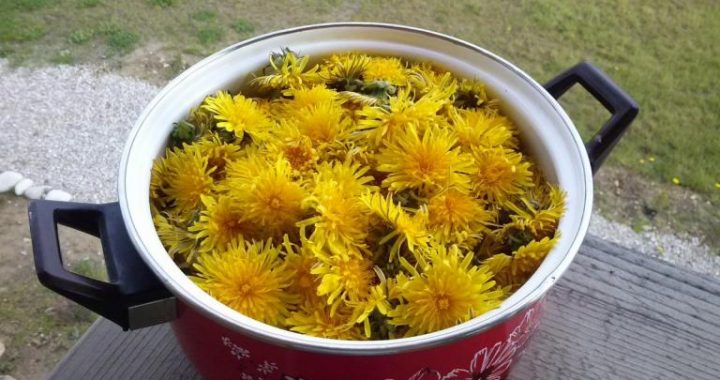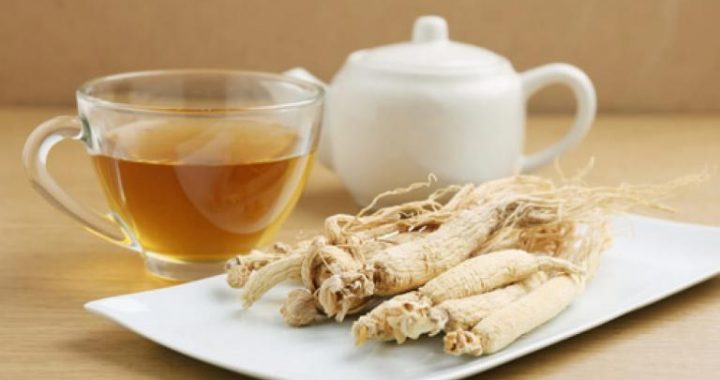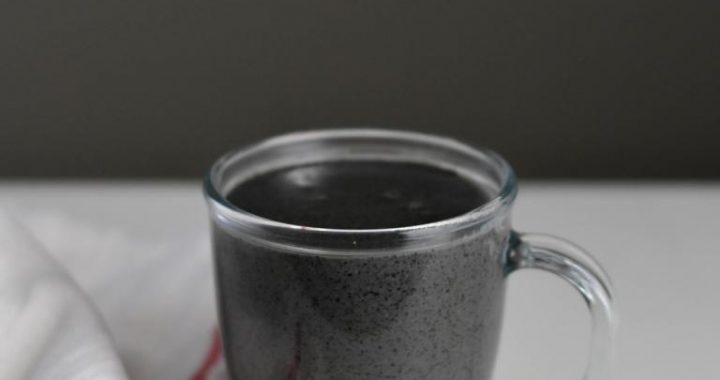The Prosperity and Innovation of Tea Culture in Song Dynasty
4 min readIn the Tang dynasty, the production, management and sale of tea or the tea culture research, tea processing skills etc all had progressed greatly, thus tea was also popularized. However, comparatively speaking, the development of tea culture inthe Song dynasty (960~1279) had more changes and innovation than the Tang dynasty.
For example, the way of tea drinking, the varieties of tea, the literatures of tea and the supervising organizations had all undergone great breakthroughs in the Song era.
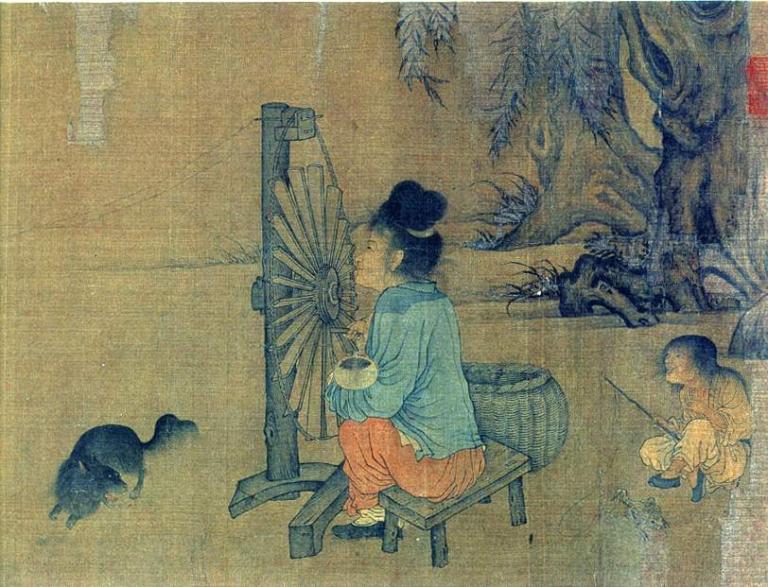
The Innovation in the Way of Tea Drinking
The way of tea drinking in the Song dynasty changed into the method of “diancha”(pouring water on tea powders for several times) from the method of cooking teaof the Tang dynasty. The method of “dian-cha”had strict requirement on the portion of tea powder and water; if tea and water did not come together in suitable proportion the quality of the tea drink would all be affected. There were detailed records about this point in the Records of Tea written by Cai Xiang, the famous calligrapher of the Song dynasty. This also indicated that the upper class of the Song dynasty attached much importance to the way of tea brewing.
Corresponding to the strict requirements of the method of “dian-cha”, there appeared the trend of tea contest in the Song dynasty, just like the contest of teabrewing skills of today. The Song people also established certain standards to judg if the people succeeded or not in “dian-cha”. One standard was that the appearance of the tea drink should be freshly white. The other is that the tea should leave no water mark on tea utensils. According to these standards the greenish-white tea would win over yellowish-white one, and the person who made water mark appear on tea utensil first would loose the contest.
The trend of tea contest first originated from Fujian Province and later spreadto the whole country. Even today, there are still activities of competing for the “king of tea”every year in the tea producing areas in Fujian Province, which probably is the continuance of tea contest in the past. In the Song dynasty, tea contest was not only popular among the common people, but also prevalent among themen of letters and in the palace. In the Jiayou-zaji written by Jiang Xiufu in the Song dynasty, there recorded the story of tea contest between the Song calligrapher Cai Xiang and Su Shunyuan. According to the story, Cai Xiang chose a fine tea and brewed it with Huiquan Spring water; though Su Shunyuan chose a tea inferior to Cai’s, he used better quality Zhuli water to cook the tea and at last won. With more and more people taking part in tea contest in Song dynasty, there gradually appeared many organizations chartered with tea drinking activities, and also gradually established Song scholars’ spirit of tea ceremony.
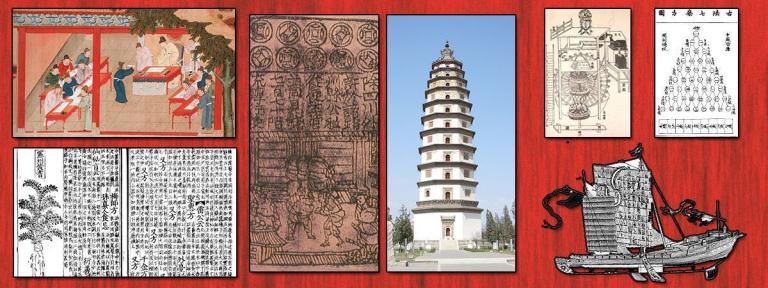
Dragon Balls and Phoenix Cakes Tea
With the prevalence of tea contest and the emperor’s higher requirement of the tribute tea quality, the tea production areas in the Song dynasty kept innovating the way of processing tribute tea, and finally created a new famous tribute tea-cake tea. In order to demonstrate the artistic aspects of tea production process, there were carved figures on most of the cake teas, especially dragon or phoenix; the Song people called this kind of cake tea the Dragon-Phoenix Tea or Dragon Ball and Phoenix Cake,a cake tea with high price and high value of appreciation. We can see how precious these cake teas were in the Notes of Resigning and Retiring to My Native Village written by Ouyang Xiu: He held the opinion that there were no teas that were more expensive than the Dragon-Phoenix Ball Tea; it was easy to get gold, but not ball teas.
In the Tang dynasty, the tribute teas were mostly produced in Sichuan Province and Zhejiang Province, and the tea of Fujian Province was not famous yet then.
However, with the rising and prevalence of tea contest in Fujian Province, the Fujian society required more in the quality and quantity of tea, and gradually, the tea produced in Fujian Province became the best tea in the Song dynasty. Since Fujian tea was considered the best in the world, naturally it had to be paid astribute to the emperor, and it took the form of cake tea. This kind of cake tea, after the reformation by Ding Wei and Cai Xiang later, kept being improved.
According to the historical records, the processing of cake tea was very complicated: firstly the tea leaves should be collected before the day of Grain Rain and in addition it should be plucked in the dawn before the sun rise; then after careful selection, steaming and squeezing, the tea leaves were ground to powders and was added with rice paste, and then was molded out by the molds with designs of dragon and phoenix; lastly it was transported to the palace after careful packaging.
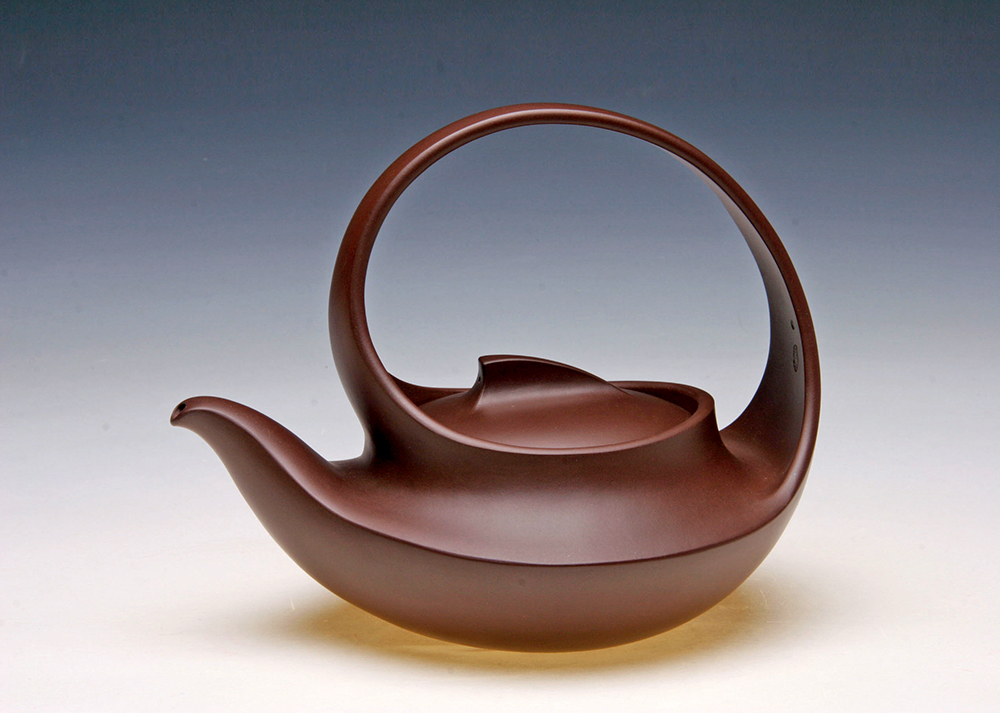
Frequent Tea-Horse Trade and Setting Up of the Official-Run Tea for Horse of Dudatiju
Tea-horse trade started in the Tang dynasty, but the government didn’t interfere at all then because it was only of a small scale. In the Song dynasty, tea-horse trade appeared in many places of China such as the northwest and northeast etc And the tea-horse began to be attached much importance by the Song court, which set up the Official-Run Tea for Horse of Dudatiju in 1082 to specially take charge of exchanging horses from the neighboring minorities with tea.
Tea-horse trade promoted the cultural contacts among many nationalities.
Besides, after tea was introduced to the gathering places of minority ethnics, it posed great influence on the life of local people. On the other hand, the living style of the minorities also proposed special requirement on tea, thereby impelled the improvement of tea processing in the gathering places of minorities.
